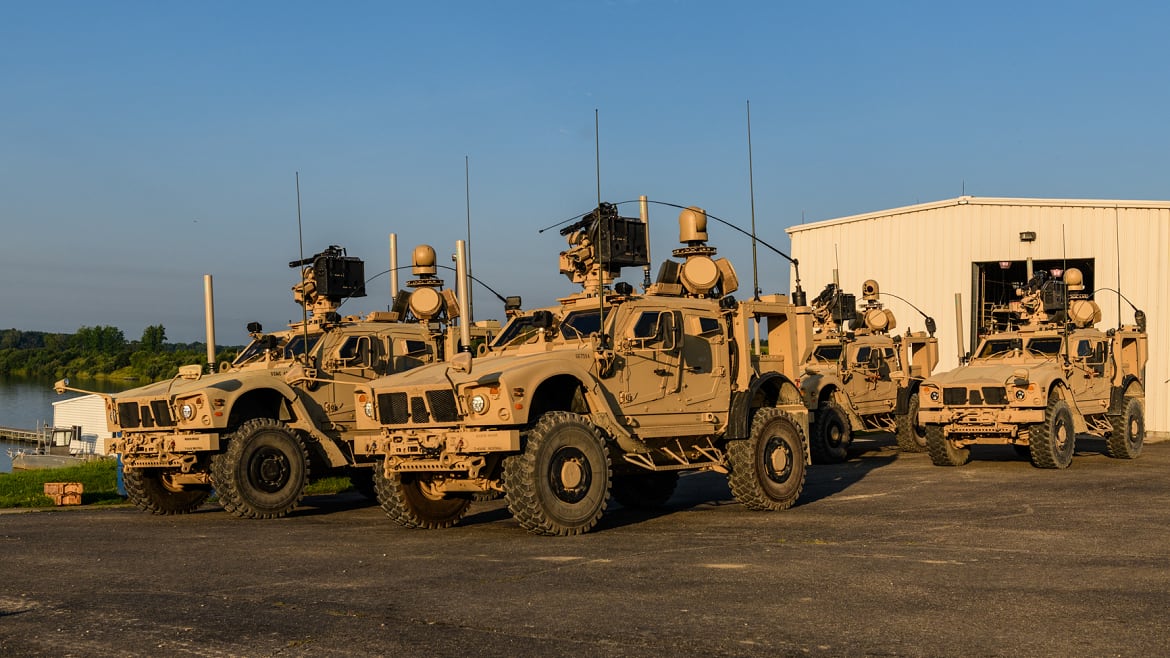To survive in the vastness of the Pacific Ocean in a fight with a near-peer rival, the Corps will need weapon systems to contend with aerial and cruise missile threats.
It’s a problem the Corps hasn’t had to deal with after years of counterinsurgency conflicts with secured air superiority for coalition forces.
As more sophisticated rivals emerge on the battlefield, the Corps is rapidly trying to develop and acquire weapon systems that can take down enemy aircraft and cruise missiles, and extend ranges of rocket and artillery systems for Marines operating from distributed bases or ships.
The Corps will not always own airspace in a fight with tech-adept military forces.
In February, the Corps posted a request for information, or RFI, on the U.S. government website FedBizOpps, for a low-cost fire control radar system capable of tracking medium range cruise missile threats.
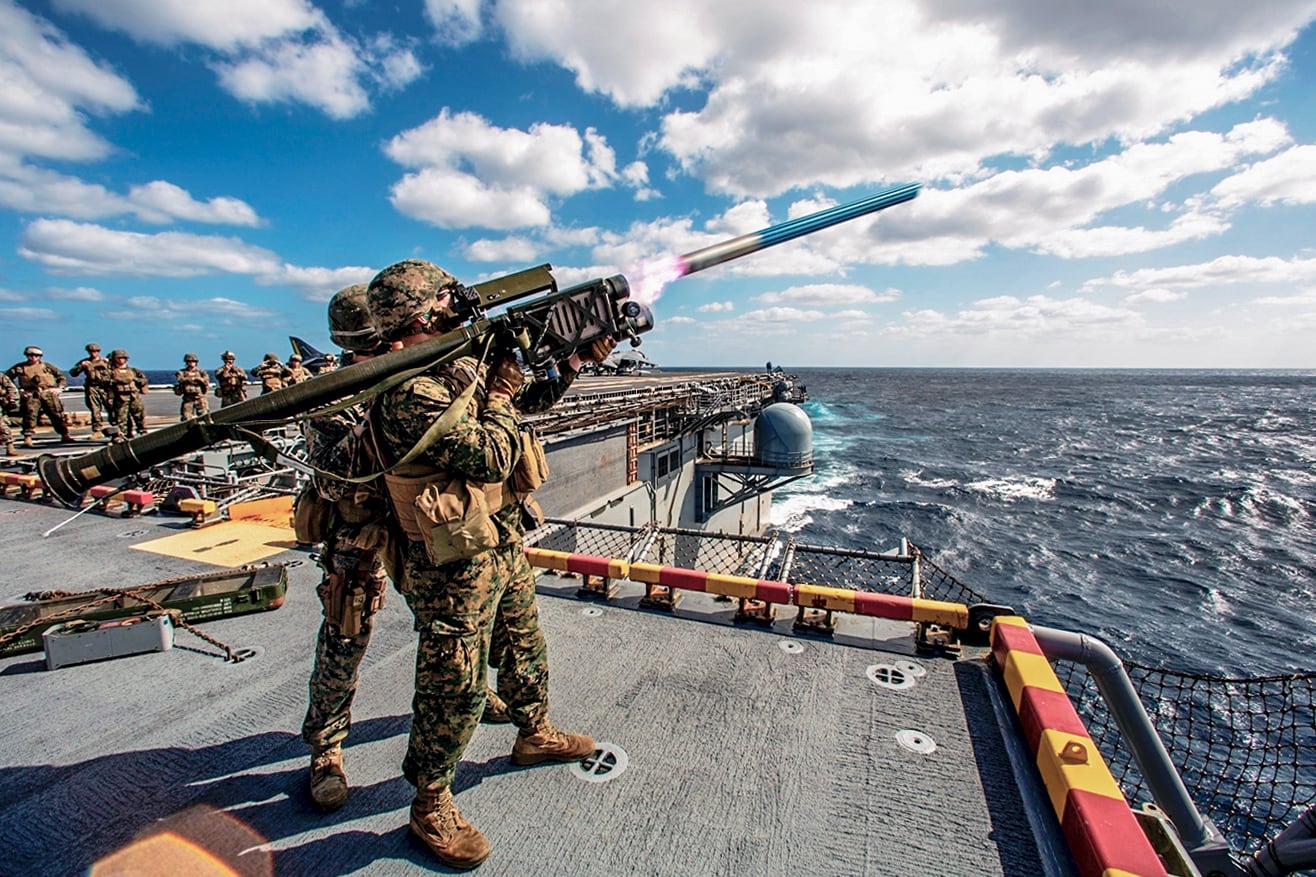
The fire-control radar supports the Corps’ new Ground Based Air Defense, or GBAD ― intended to beef up the capabilities of the Marines’ Low Altitude Air Defense Battalions.
“As part of the GBAD program office we were given a statement of need to develop an medium range capability for anti-cruise missiles,” said Manny Pacheco, a spokesman for the Marine Corps Program Executive Office for Land Systems.
RELATED
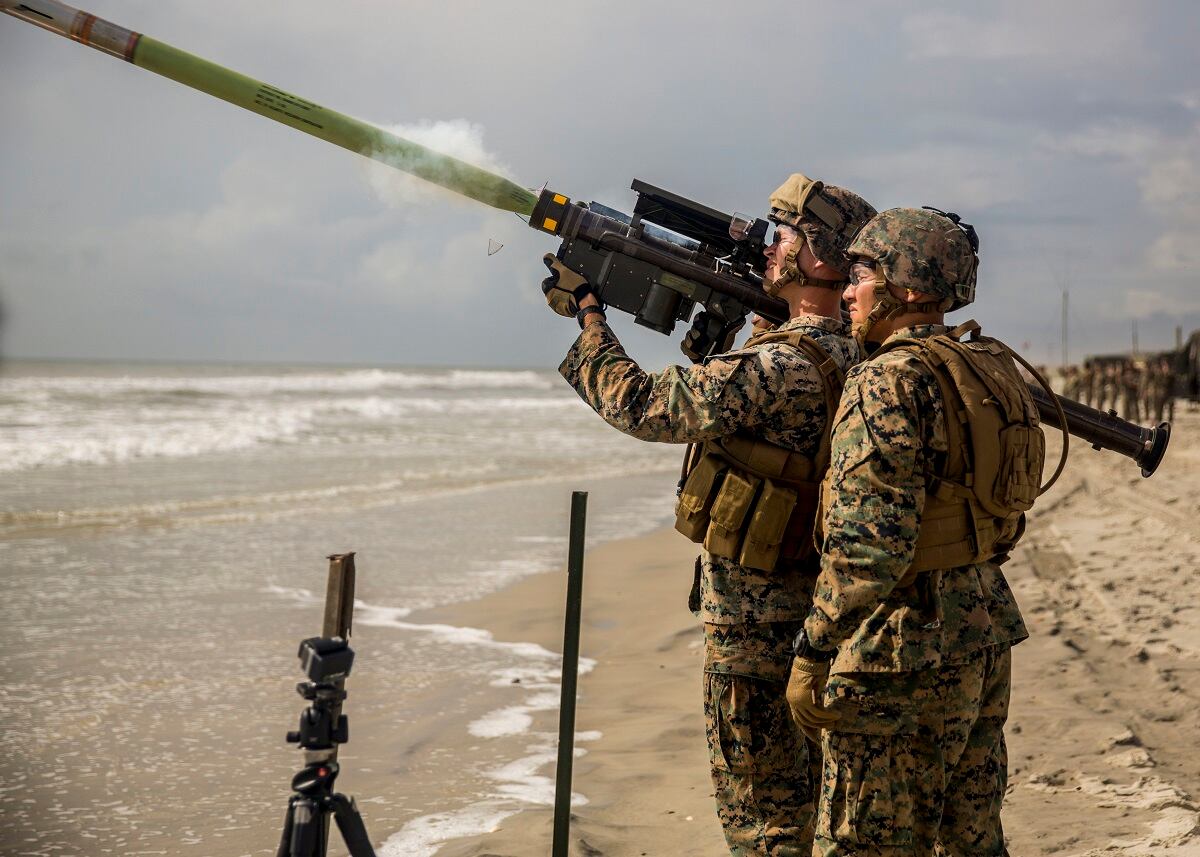
According to the RFI, the Corps wants the system capable of defending “forward deployed semi-fixed” sites from various air threats to include cruise missiles.
“Each system will be capable of countering a barrage of peer and near-peer aerial threats,” the RFI reads.
The Corps has a couple of vehicle mounted air defense systems known as the GBAD and the Light Marine Air Defense Integrated System, or LMADIS.
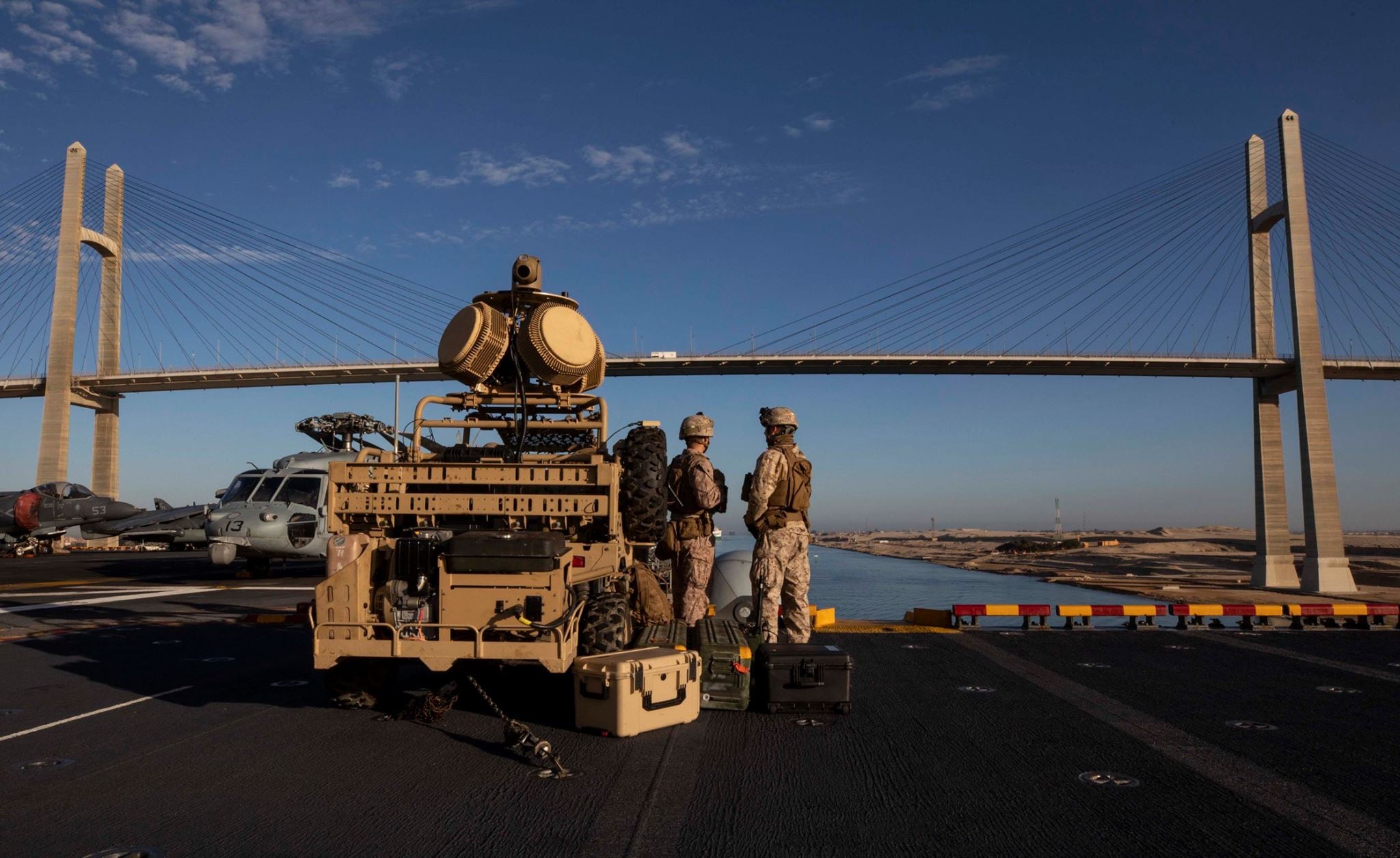
The GBAD is an air defense system that can be mounted on the Corps’ new Joint Light Tactical Vehicle. One variant of the GBAD provides surface-to-air fires using a stinger missile system to take out aerial threats.
The LMADIS systems is a bit smaller, and is generally designed for countering smaller drone threats. It consists of two Polaris MRZR vehicles, with a vehicle to track and identify drone threats, and a system to take down the small unmanned aircraft with electronic attack.
The LMADIS system is already deploying with various Marine Expeditionary Units, or MEUs. The 22nd MEU recently strapped the LMADIS system to the deck of the amphibious assault ship Kearsarge as it transited the Suez Canal.
The system was actively scanning for potential small drone threats to the ship as it sailed through the narrow waterway.
The Corps also fields the Ground/Air Task-Oriented Radar, or G/ATOR. The G/ATOR is a short- and medium-range radar that can detect cruise missiles, air breathing targets, rockets, mortars and artillery.
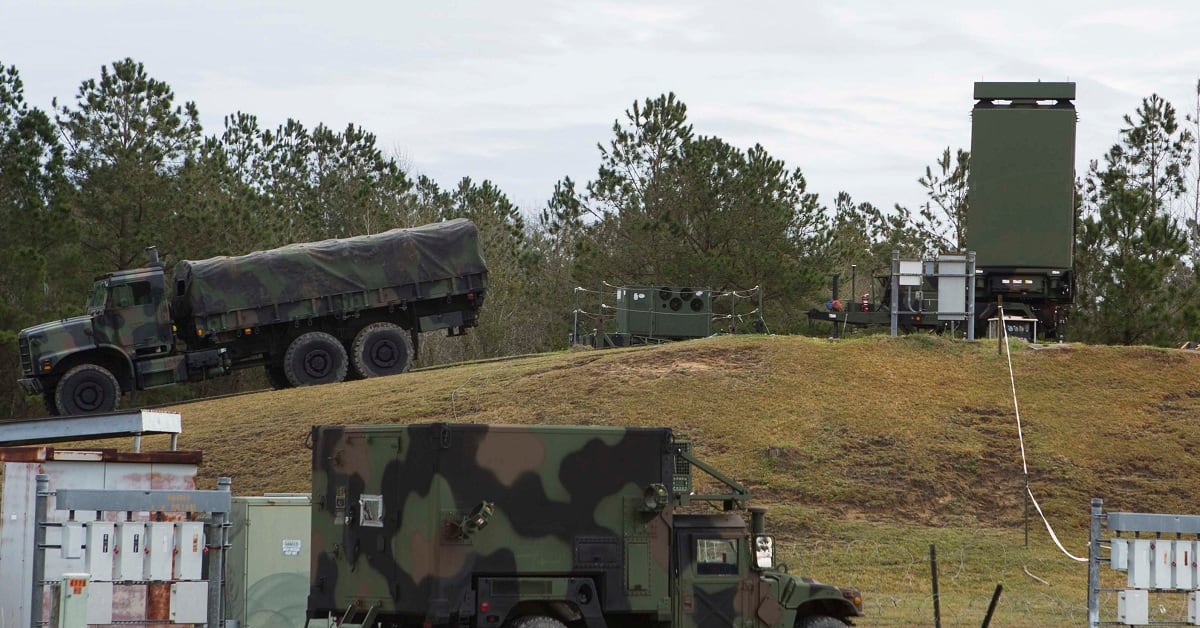
It’s a system that will prove vital to the Corps’ ability to survive in a fight in the Pacific as its forces may have to contend with barrages of advanced Chinese ballistic missile systems.
Shawn Snow is the senior reporter for Marine Corps Times and a Marine Corps veteran.
